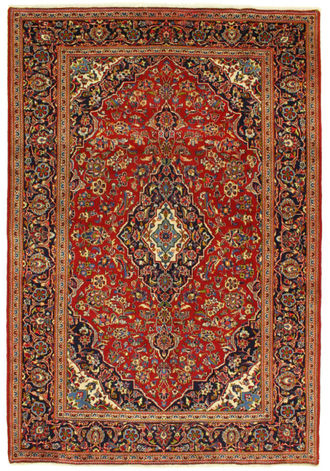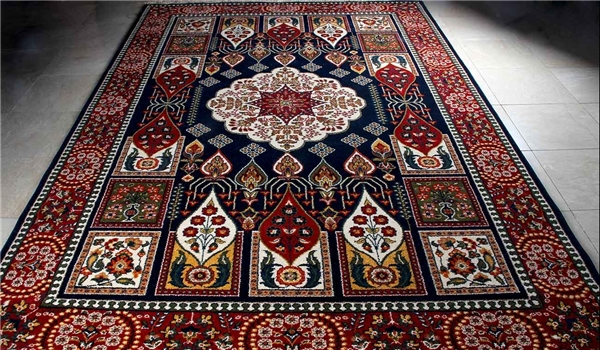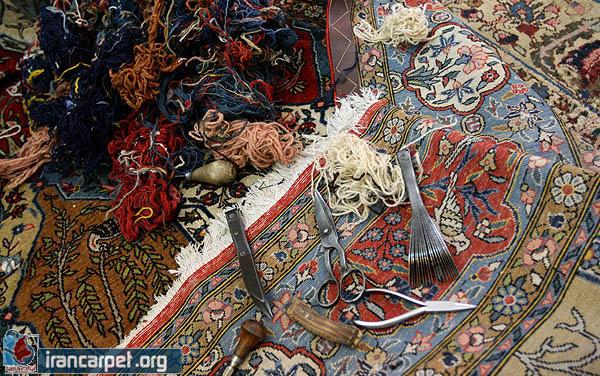
Silk and the
types of silk and its features
Silk is an animal and protein fiber that is soft, translucent,
delicate and sturdy. One of the best materials used in textile especially carpet
weaving is silk. This material has the capability of accepting operations such
as bleaching, dyeing, gumming, and so on.
Types of silk
Generally in Iran there are two types of natural and synthetic silk which are
divided into the following types in terms of its preparation for carpet weaving
and dyeing.
1 – Raw silk:
Silk that is taken directly from the cocoon and turned into yarn by hand or
machine. Raw silk is a silk that has been gummed and carved on it. The raw silk
color is yellow or cream and becomes white after sludge.
2 – Baked Silk:
A silk whose gum and impurities are called cerazine, turns white after gum. Silk
gum, one of the most important stages of silk preparation, must be dyed before
dyeing.
3 – Cayenne Silk:
The silk scrub and the ends of the fibers and the remainder of the cocoon are
called the cayenne silk, which is the inferior part of the fibers, which is not
suitable for carpet weaving.
Silk Features & Features:
Natural silk used in carpet weaving has many capabilities that can be
improved in dyeing and in preparing and preparing technical principles, which
will improve the quality of carpet.
1- Silk can withstand temperatures up to 140 degrees and is more resistant to
alkali than wool.
2 – Silk due to its softness does not absorb contamination and if soiled can be
removed with soap and water.
Silk does not cause mildew or mildew.
4 – Silk is not soluble in water due to its compounds such as
hydrogen, carbon, oxygen, nitrogen but loses its strength if boiled for a long
time.
5 – Silk is a natural durable material, because its filaments are twisted
together and not abrasive due to its softness and softness.
6 – Silk fibers withstand gum, dyeing and bleaching operations.
7 – Silk has a lot of coloring properties.


